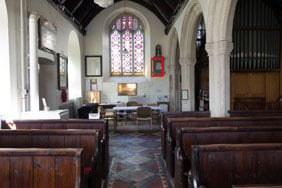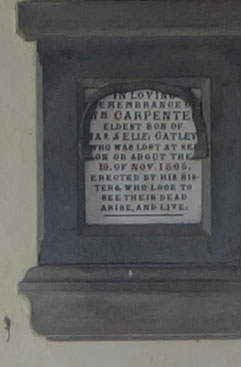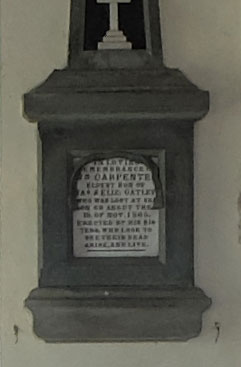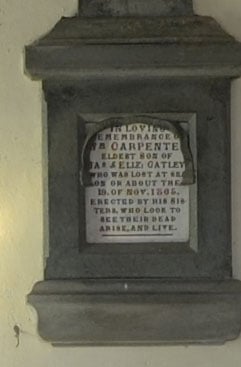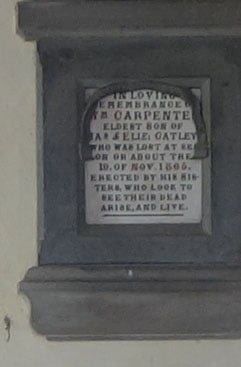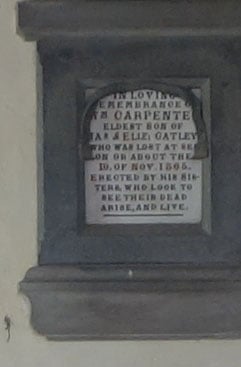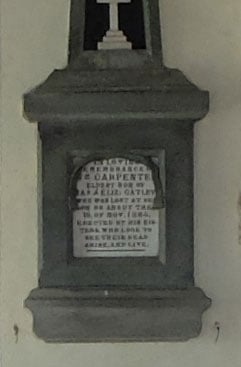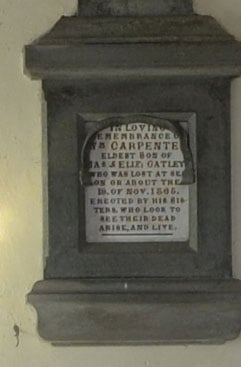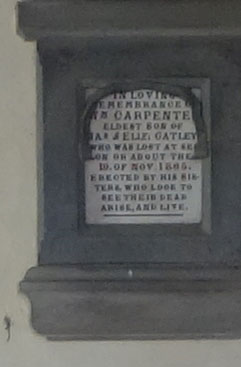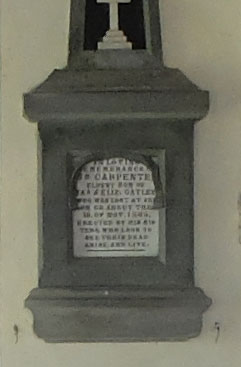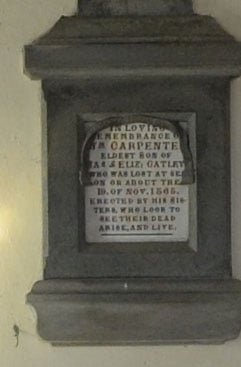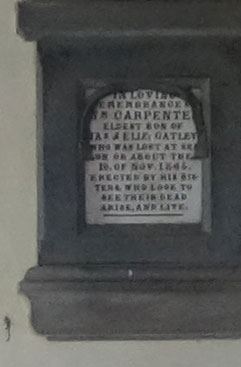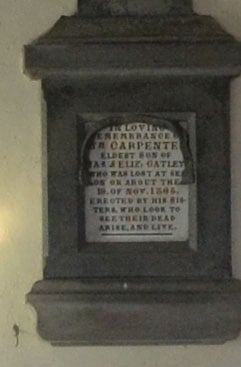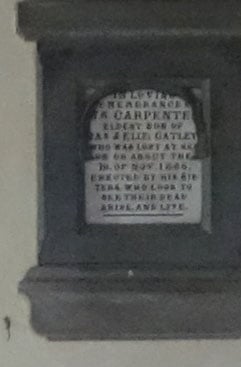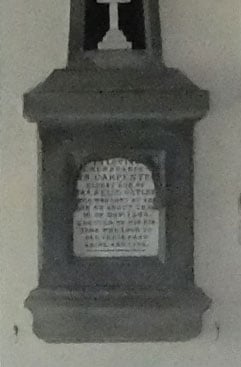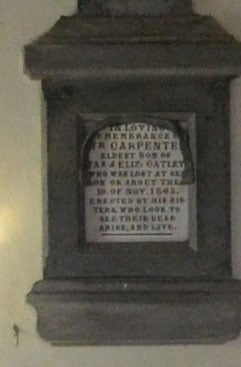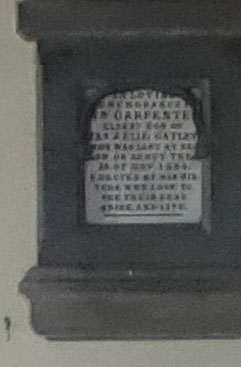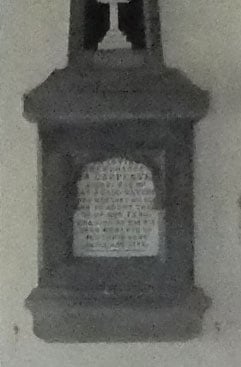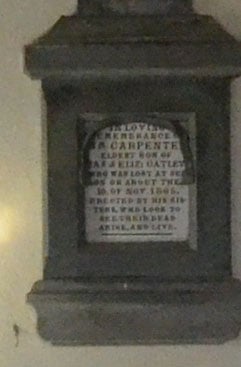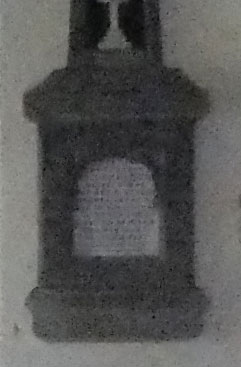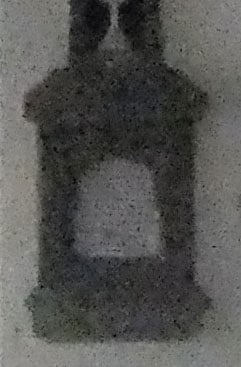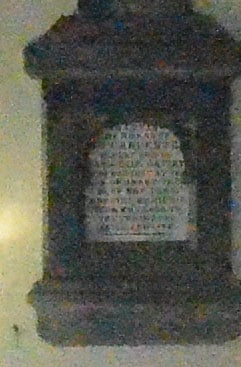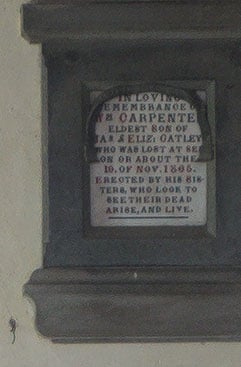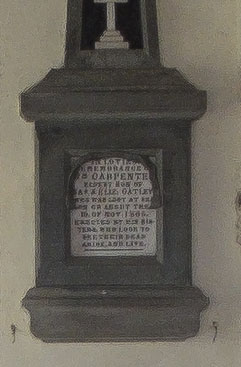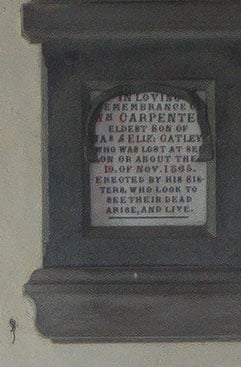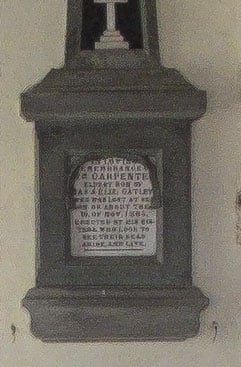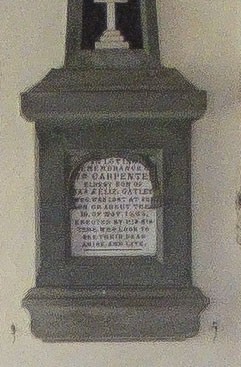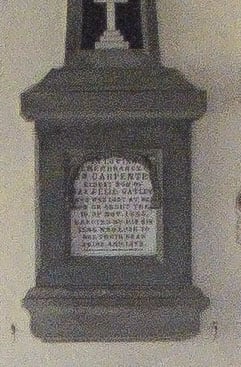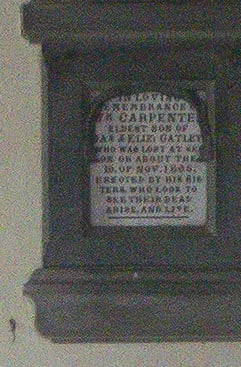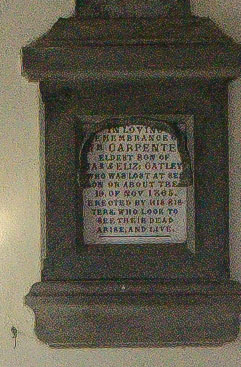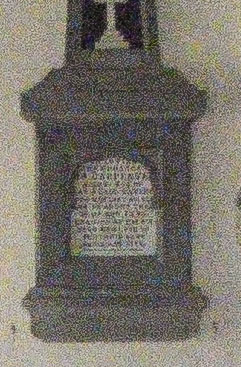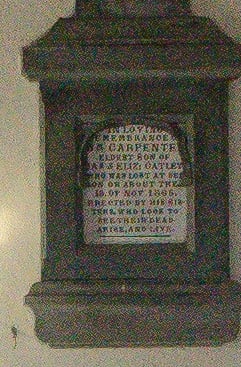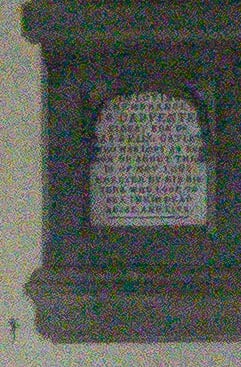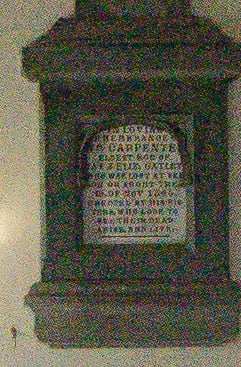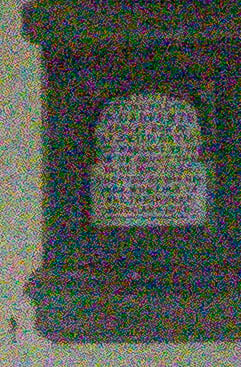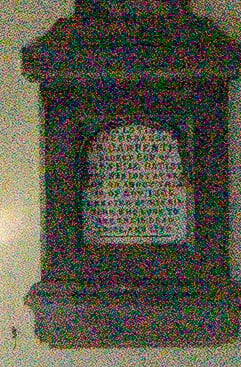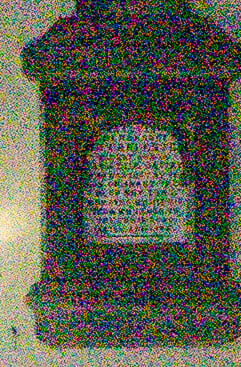Sony Cyber-shot RX100 II
-
-
Written by Ken McMahon
Quality
Sony RX100 II vs Fujifilm X20 vs Nikon COOLPIX A Noise JPEG
The above shot was taken with the Sony RX100 II in Aperture priority mode. The camera was mounted on a tripod and tonal enhancement features were left on their default settings. DRO (Dynamic Range Optimisation) was set to Auto, High ISO noise reduction was set to Auto and Long exposure Noise reduction was on. On the Fujifilm X20 Dynamic range was set to Auto and Noise reduction was set to 0. On the COOLPIX A Active D-Lighting and Long exposure noise reduction was off. The RX100 II JPEG file measured 5.34MB and, as usual, the crops are taken from the areas marked by the red rectangle. The aperture on the RX100 II was set to f4 (previously ascertained to deliver the best results) and at its base 160 ISO sensitivity setting it metered an exposure of 1/6. The Fujifilm X20, also at f4, metered 1/7 at its base 100 ISO setting. The COOLPIX A produces its best results at f5.6, where it metered 1/3 at 100 ISO. The Sony RX100 II has a an ISO range of 160 to 12800 ISO with an extension at the lower end offering 100 and 125 ISO. I’ve included a 100 ISO crop for reference, but you’ll almost certainly experience reduced dynamic range at these lower ISO settings, so for comparison purposes at base ISO settings, the 160 ISO crop is the one to compare with the 100 ISO crops from the Fujifilm X20 and the Nikon COOLPIX A. There are a couple of other things I want to mention before getting to the crops. The first is that the RX100 II has a redesigned sensor; it has the same 20.2 Megapixel resolution as its predecessor but the new sensor has a back-illuminated design with the electronics on the rear of the chip improving its light gathering properties and, claims Sony, it’s low light performance. I’ve compared the RX100 II crops below with the tests I did on the RX100 back in October 2012. The two tests were undertaken at different times and under different conditions so it wouldn’t be appropriate to reproduce them here, but I can confirm that I saw a definite improvement in noise performance at the higher ISO sensitivity settings with the newer sensor. The other thing to note is that, as well as improved performance the new sensor has higher top sensitivity setting of 12800 ISO compared with 6400 on the original RX100, although the older model has a lower base ISO setting of 80 ISO compared with 160 ISO on the RX100 II. The 20.2 Megapixel sensor on the RX100 II is higher resolution than the 16.2 Megapixel sensor of the COOLPIX A which itself is higher than the 12 Megapixel Fujifilm X20. So the RX100 crops show a smaller area with bigger detail than those from the other two models. The other major difference is the physical size of these sensors with the Nikon COOLPIX A sporting the biggest APS-C sized sensor, followed by the 1 inch sensor of the Sony RX100 II, then the 2/3 inch X-Trans sensor of the Fujifilm X20. We’ll see what impact all of these differences has on the noise performance of these three models momentarily. First lets look at the Sony RX100 crops. The base 160 ISO crop is nice and clean with no visible noise and a good level of detail. I can’t see any difference in noise levels between 100 and 160 ISO, though the 160 ISO crop looks a tiny bit less contrasty. At 200 ISO it’s actually still quite tricky to see much of a difference, though the text looks a little less crisp. At 400 ISO there’s a difference, but it so marginal it’s difficult to spot even pixel-peeping these 100 percent crops. At 800 ISO we finally have something to get our teeth into. The noise has notched up a little bit and there’s now visible texture both in the memorial panel and on the wall behind which up until now has remained flat and textureless. At 1600 ISO there’s a similar increase in noise and what looks like an increased processing effort to deal with it. So there’s more texture accompanied by an overall softening of image detail. That sounds worse than it looks, though, and the RX100 II’s 1600 ISO setting produces pretty respectable results where noise is only likely to be an issue at or near 100 percent reproduction. The next three steps up the ISO sensitivity scale from 3200 to 12800 ISO see, as you’d expect, progressively higher levels of noise obscuring more and more image detail, ugly as they are at 100 percent, they’ll all produce useable results at smaller sizes. Sony’s certainly justfied in raising the upper limit to 12800 ISO, which still manages to retain a worthwhile amount of image detail. Compared with the crops from the Fujifilm X20, at the base ISO sensitivity there’s little between them. As soon as the sensitivity starts to climb, though, the Sony’s advantage begins to tell. The Fujifilm X20 200 ISO crop has a little bit of texture, but at 400 ISO there’s a good deal of noise around that’s absent, or at least a lot less visible in the RX100 II crop. From there on up the gap widens at every step and by 1600 ISO the RX100 II has at least a 1EV advantage over the Fujifilm X20. Compared with the COOLPIX A, with its larger APS-C sensor it’s a different story though. Again, at the base ISO sensitivity there isn’t much in it and the same is true across the lower sensitivity settings. But at 1600 ISO I think the COOLPIX A has a slight advantage which it builds on from there up. As we’ve often found before though, there’s no arguing with the physics and, though it performs very well across the sensitivity range, the RX100 II just can’t compete with the bigger sensor of the COOLPIX A in the upper half of the range. That advantage also gives the COOLPIX A an additional 25600 setting that the Sony RX100 II lacks. One final thing worth pointing out is that the focal ratio, or maximum aperture is a big practical factor when it comes to ISO sensitivity. At its wide angle setting, the Sony RX100 II’s maximum f1.8 aperture is more than a stop wider than the f2.8 aperture of the Nikon COOLPIX A. That means that under the same conditons using the same shutter speed with both cameras set to their maximum aperture, you could shoot at 400 ISO on the RX100 II where you’d be using 1000 ISO on the COOLPIX A .So in the spirit of fairness, you should shift the RX100 II results down a notch in the table below so that the 100 ISO sample is next to the Nikon at 200 ISO and so on. Like its predecessor, the Sony RX100 II includes Multi Frame Noise Reduction mode which takes a fast burst of images and combines them to produce a single low-noise result. The second table shows 100 percent crops from shots taken in Multi-Frame Noise Reduction mode compared with default JPEGs at the same ISO sensitivity. As you can see from the crops, from about 1600 ISO up the Multi-Frame Noise Reduction crops are a great improvement on the single frame shot with less noise and more detail, though they are slightly softer. It’s not for every subject, it won’t cope well with movement, but in situations like my church interior test location it’s ideal and has the added advantage of extending the sensitivity range to 25600 ISO. Though, to be fair, the quality of the last two crops shows a marked deterioration from the 6400 ISO setting. To find out how much of a role processing plays in keeping noise at bay in these crops take a look at my Sony RX100 II RAW noise results page to see just how much noise is present behind the scenes. Or head over to my Sony RX100 II sample images to see some more real-life shots in a variety of conditions.
|
Sony Cyber-shot RX100 II Multi-frame noise reduction
Sony RX100 II JPEG using in-camera defaults |
Sony RX100 II Multi-Frame Noise Reduction | |
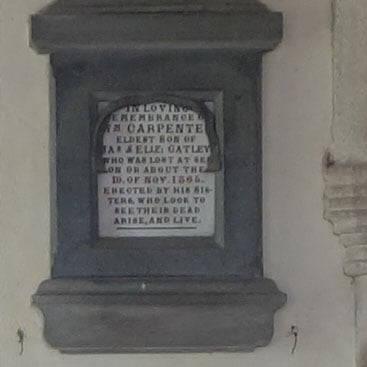 | 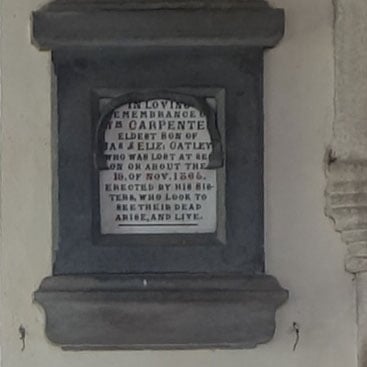 | |
200 ISO |
200 ISO | |
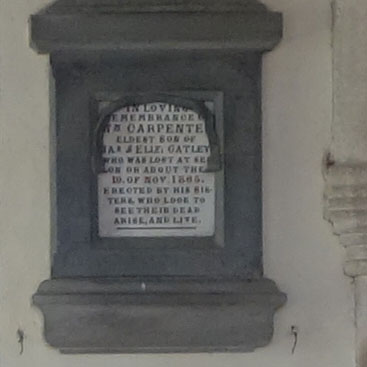 | 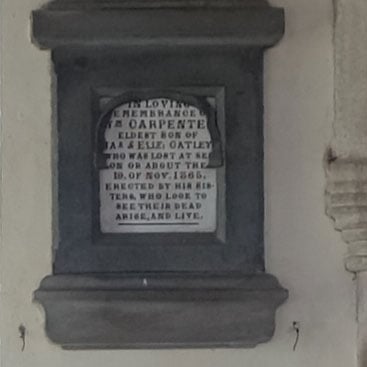 | |
400 ISO |
400 ISO | |
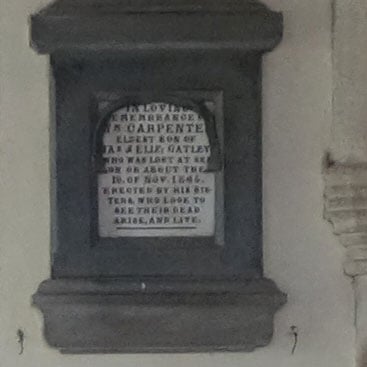 | 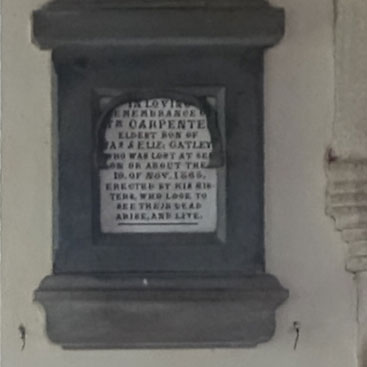 | |
800 ISO |
800 ISO | |
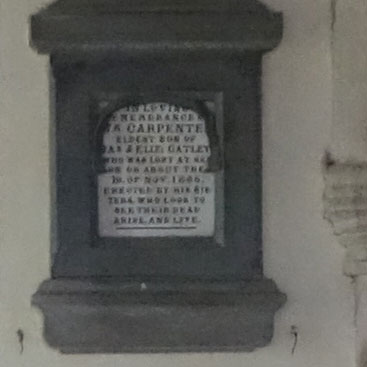 | 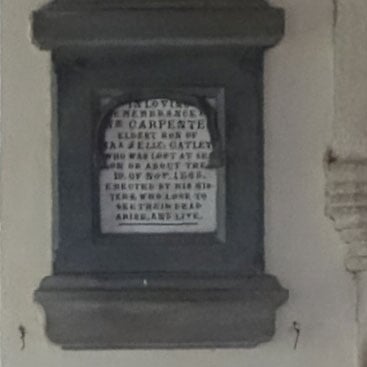 | |
1600 ISO |
1600 ISO | |
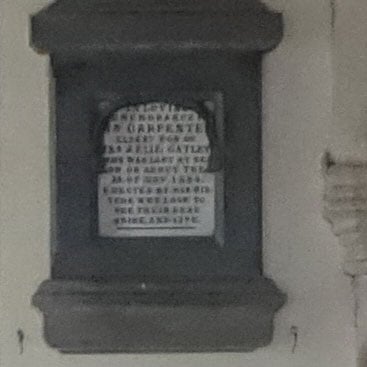 | 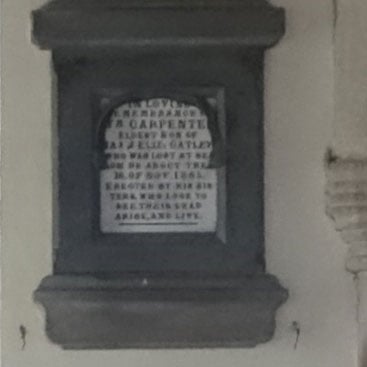 | |
3200 ISO |
3200 ISO | |
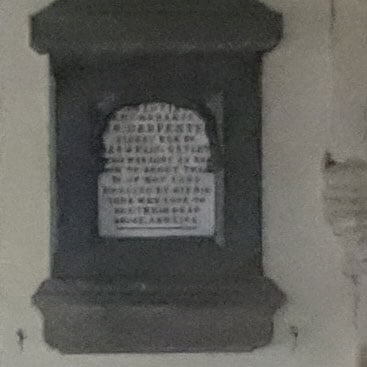 | 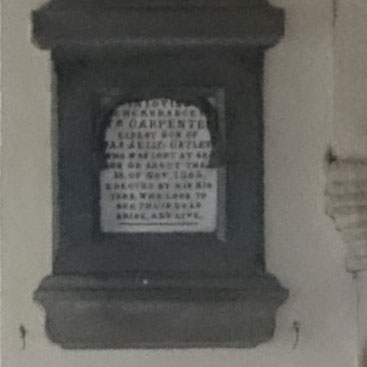 | |
6400 ISO |
6400 ISO | |
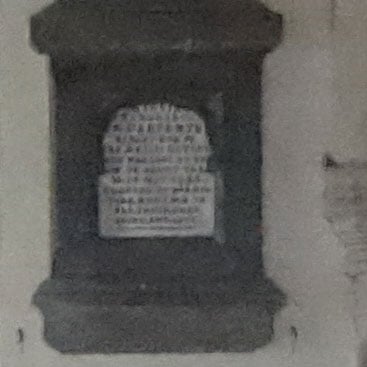 | 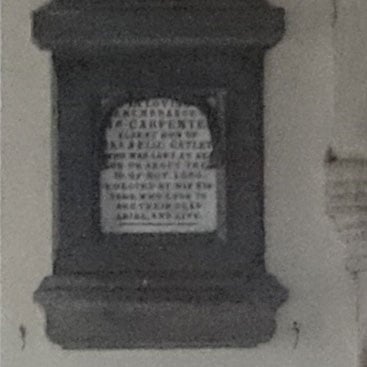 | |
12800 ISO |
12800 ISO | |
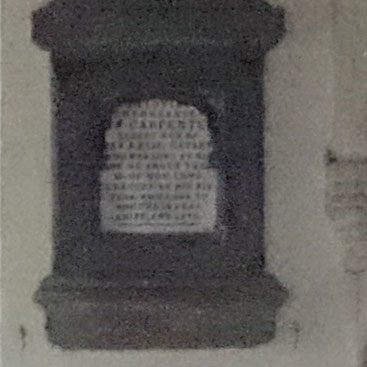 | ||
25600 ISO Not Available |
25600 ISO |
|
Sony RX100 II vs Fujifilm X20 vs Nikon COOLPIX A quality RAW
|
Sony RX100 II RAW |
Fujifilm X20 RAW |
Nikon COOLPIX A RAW | ||
 | 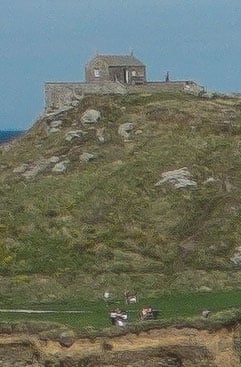 | 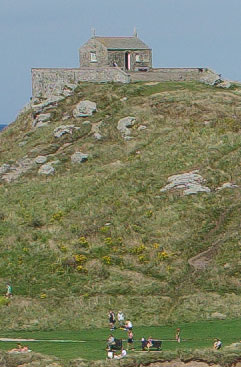 | ||
f4, 160 ISO |
f4, 100 ISO |
f5.6, 100 ISO | ||
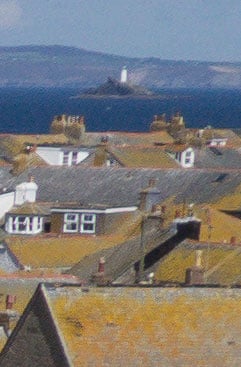 | 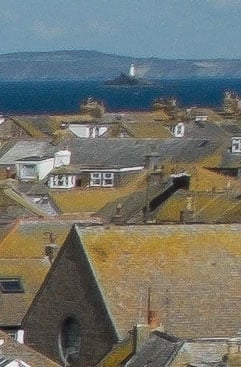 |  | ||
f4, 160 ISO |
f4, 100 ISO |
f5.6, 100 ISO | ||
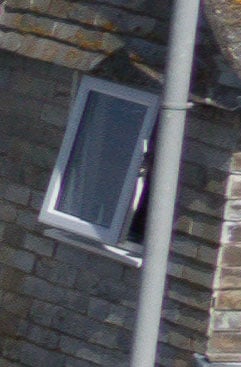 | 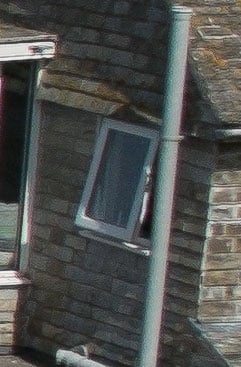 | 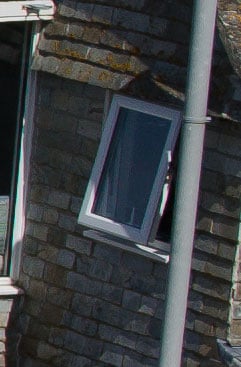 | ||
f4, 160 ISO |
f4, 100 ISO |
f5.6, 100 ISO | ||
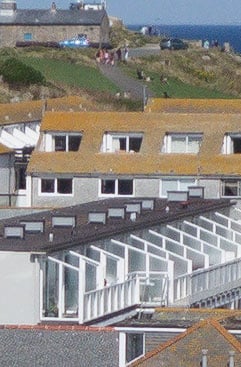 | 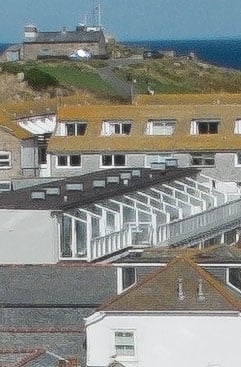 | 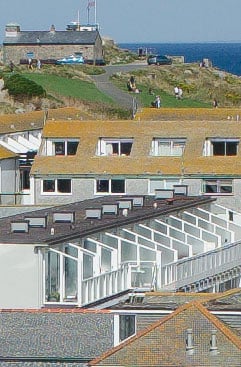 | ||
f4, 160 ISO |
f4, 100 ISO |
f5.6, 100 ISO |
Sony RX100 II results : Quality / RAW quality / Noise / RAW Noise
Sony RX100 II vs Fujifilm X20 vs Nikon COOLPIX A Noise RAW
The above shot was taken with the Sony RX100 II in Aperture priority mode. The camera was mounted on a tripod and tonal enhancement features were left on their default settings. The RX100 II RAW file measured 20.9MB and, as usual, the crops are taken from the areas marked by the red rectangle. I processed the files from all three cameras in Adobe Camera RAW using identical settings: Sharpening at 70 / 0.5 / 30 / 10, Luminance and Colour Noise Reduction both set to zero, and the Process to 2012 with the Adobe Standard profile. These settings were chosen to reveal the differences in sensor quality and isolate them from in-camera processing. The high degree of sharpening with a small radius enhances the finest details without causing undesirable artefacts, while the zero noise reduction unveils what’s really going on behind the scenes – as such the visible noise levels at higher ISOs will be much greater than you’re used to seeing in many of my comparisons, but again it’s an approach that’s designed to show the actual detail that’s being recorded before you start work on processing and cleaning it up if desired. These RAW result pretty much bear out what we saw with the JPEGs and there are no real surprises. They also confirm what you’d expect to see based purely on the physical size of the sensors. The Nikon COOLPIX A has the lowest noise levels, followed by the Sony RX100 II and then then the Fujifilm X20. One other important difference is that COOLPIX A offers RAW shooting throughout its sensitivity range, as does the Sony RX100 II, albeit with a lower top setting of 12800 ISO (for 25600 ISO you need to switch to Multi Frame Noise Reduction mode). The Fujifilm X20, however, only goes up to 3200 ISO in RAW. Now head over to my Sony RX100 II sample images to see some more real-life shots in a variety of conditions or check out my verdict!
|
|
Sony RX100 II vs Fujifilm X20 vs Nikon COOLPIX A quality
|
Sony RX100 II |
Fujifilm X20 |
Nikon COOLPIX A | ||
 | 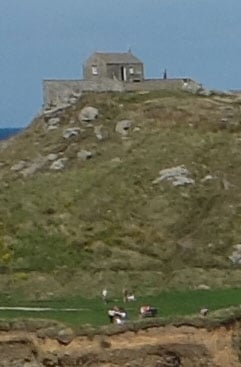 | 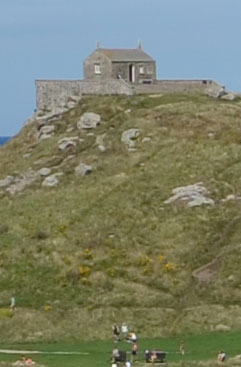 | ||
f4, 160 ISO |
f4, 100 ISO |
f5.6, 100 ISO | ||
 | 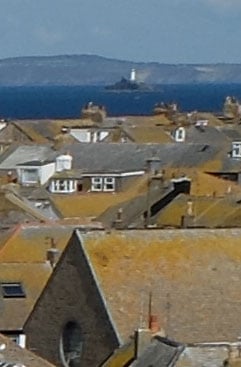 |  | ||
f4, 160 ISO |
f4, 100 ISO |
f5.6, 100 ISO | ||
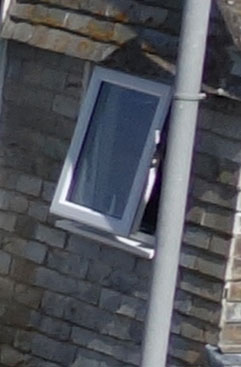 | 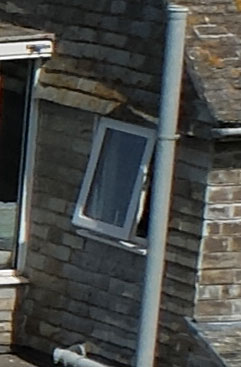 | 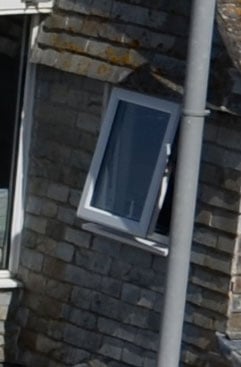 | ||
f4, 160 ISO |
f4, 100 ISO |
f5.6, 100 ISO | ||
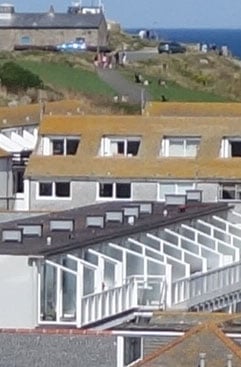 | 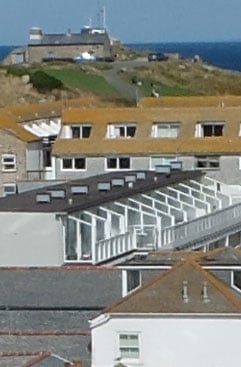 | 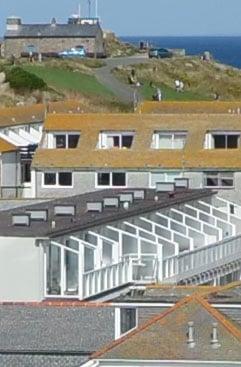 | ||
f4, 160 ISO |
f4, 100 ISO |
f5.6, 100 ISO |
Sony RX100 II results : Quality / RAW quality / Noise / RAW Noise
